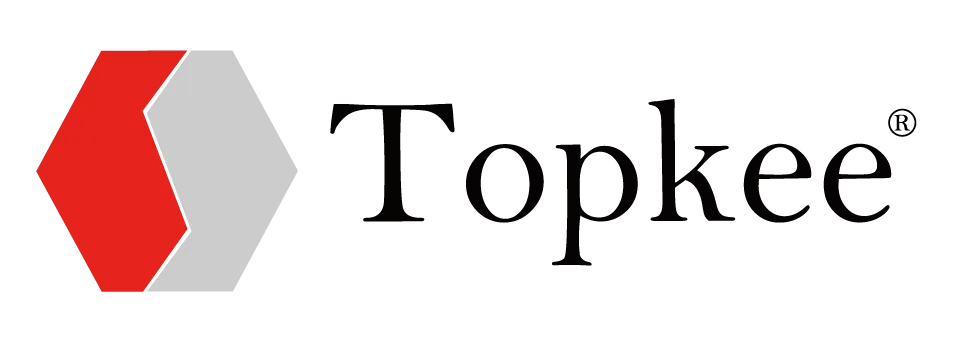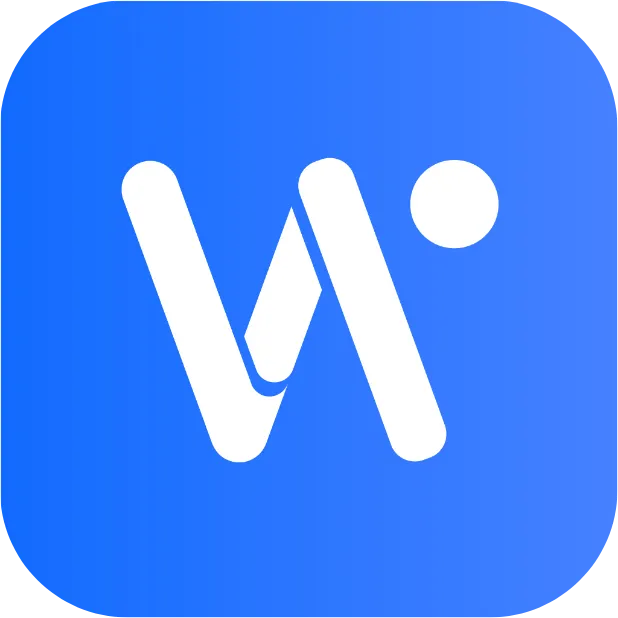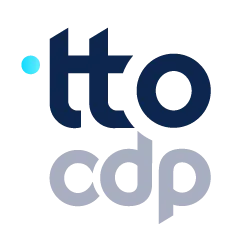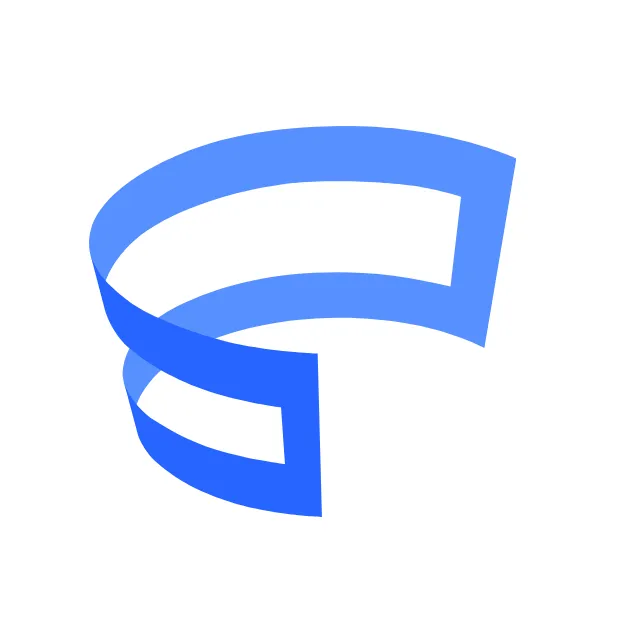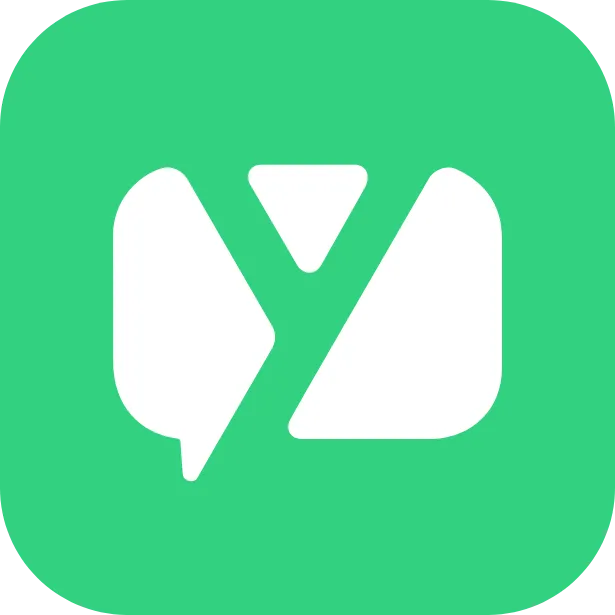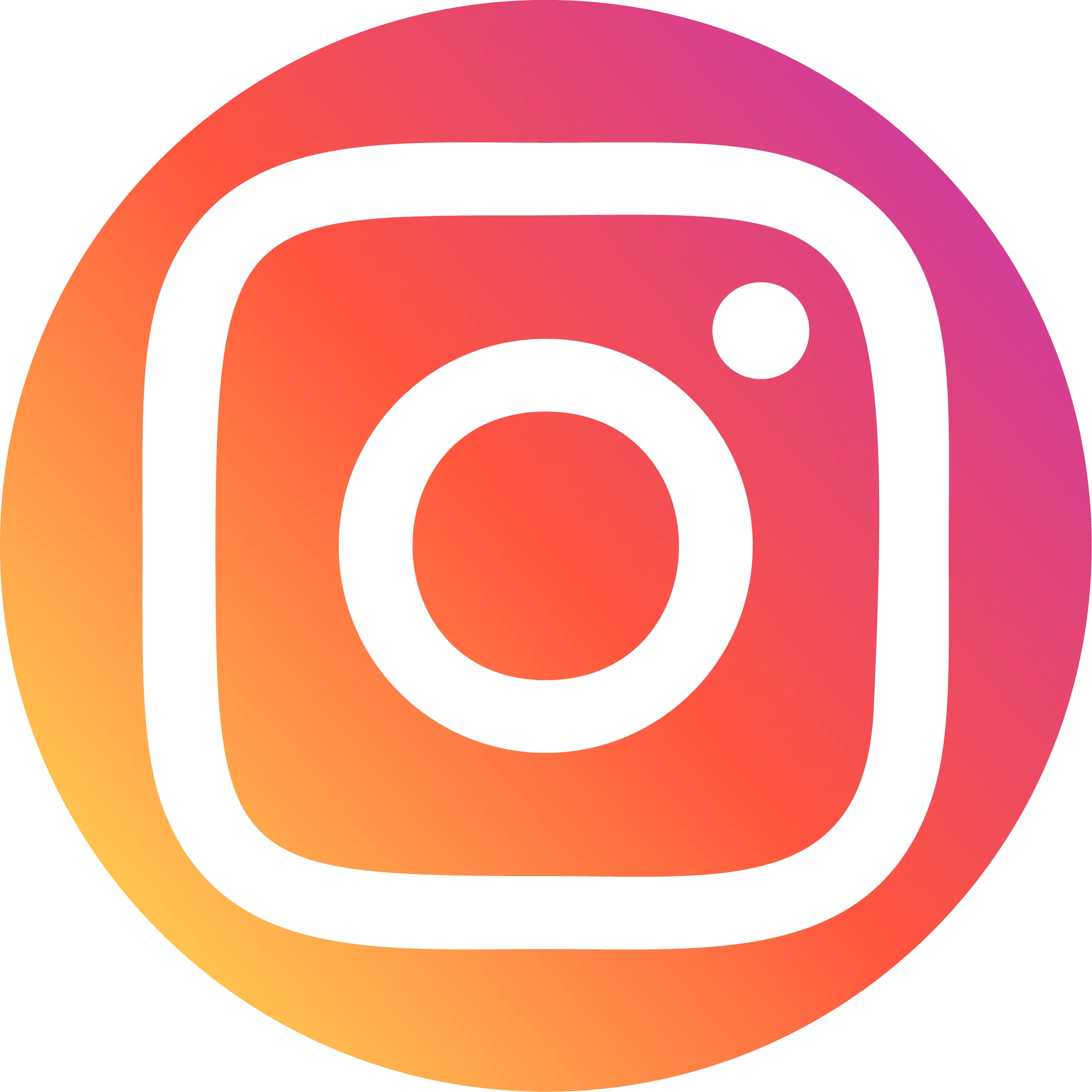How Deutsche Telekom’s Full-Funnel Facebook Ads Strategy Drove a 90% Lift in Incremental Purchases
In June 2024, Meta’s Nicola Mendelsohn sat down with Pato Spagnoletto, Warner Brothers Discovery Global CMO, to discuss the critical balance between upper-funnel (brand awareness) and lower-funnel (performance-driven) marketing strategies. Spagnoletto emphasized that growth isn’t about choosing one over the other—it’s about integrating both to maximize impact. This philosophy mirrors Deutsche Telekom’s groundbreaking full-funnel Facebook Ads strategy, which achieved a staggering 90% lift in incremental purchases while simultaneously boosting ad recall by 6.5 points.
The telecom giant’s success underscores a broader trend: brands like ALDI Nord, H&M, and Sensodyne are also leveraging multi-objective Facebook Ads to drive both brand equity and conversions. In an era where consumers demand seamless experiences across touchpoints, Deutsche Telekom’s dual-campaign approach offers a blueprint for B2B and B2C marketers alike.
I. The Full-Funnel Strategy: A Dual-Campaign Blueprint
Deutsche Telekom’s approach hinged on synchronizing two distinct Facebook Ads campaigns, each tailored to a specific funnel stage:
1. Upper-Funnel: Brand Awareness Campaign
For the upper-funnel brand awareness campaign, the objective was to maximize ad recall and net reach among B2B decision-makers. Short-form video ads (6–15 seconds) highlighted the company’s IT solutions, emphasizing reliability and innovation. Leveraging Meta’s Advantage+ placements, these Facebook Ads appeared across Facebook Feed, Stories, and Reels. Audience targeting was broad (adults 18+ in Germany), prioritizing reach, and was supplemented with custom audiences from website engagement data.
2. Lower-Funnel: Direct Response Campaign
In the lower-funnel direct response campaign, the goal was to drive conversions such as add-to-cart actions and purchases for business broadband and cloud services. The creative included a mix of photo ads showcasing pricing and features, as well as video testimonials from SMEs. Advantage+ shopping campaigns were utilized, allowing Meta’s AI to dynamically allocate budgets to top-performing ad sets. Retargeting focused on users who engaged with the brand campaign but did not convert, creating a seamless transition from awareness to action.
3. Why It Worked
This two-campaign approach was successful for several reasons. First, the brand campaign primed audiences, making them 2.3x more likely to engage with the sales-focused Facebook Ads, according to Meta’s lift study. Second, the Advantage+ tools significantly improved efficiency by automating 80% of budget adjustments based on real-time performance, reducing the need for manual A/B testing.
II. Key Success Factors: Lessons from ALDI Nord, H&M, and Sensodyne
Deutsche Telekom’s results weren’t isolated. Three pillars underpinned its success, mirrored by other brands:
1. Strategic Diversification (Inspired by ALDI Nord)
Strategic diversification, as demonstrated by ALDI Nord, proves effective in optimizing Facebook Ads performance. ALDI Nord's multi-objective campaign for Barissimo coffee integrated awareness and engagement ads, resulting in an 11-point increase in ad recall. Likewise, Deutsche Telekom's dual-campaign structure circumvented the restrictive choice between funnel stages. Both brands emphasized creative variety. ALDI Nord utilized a blend of Reels, carousel Facebook Advertisement, and street-style interviews to keep content fresh. Similarly, Deutsche Telekom adopted a comparable approach, featuring testimonial videos and product-focused static ads.
For brands seeking similar agility, tools like Topkee’s TTO marketing platform enable centralized audience segmentation (e.g., by interaction history or transaction data) and dynamic creative collaboration. This ensures tailored content for each segment while streamlining cross-team workflows—critical for maintaining creative freshness across formats like video ads, carousels, or augmented reality experiences.
In terms of placement, agility was key. ALDI Nord and Deutsche Telekom capitalized on Reels and Stories to target younger demographics, recognizing these formats' appeal to that audience. Simultaneously, they deployed Feed ads to reach older B2B buyers, ensuring their messaging resonated across diverse segments. This combination of varied creative approaches and adaptable placements allowed both brands to maximize engagement and campaign effectiveness.
2. Data-Driven Optimization (Like H&M’s Creator Strategy)
H&M's creator-led Advantage+ Facebook Ads achieved a 2x ROAS by combining AI-driven targeting with authentic user-generated content (UGC). Deutsche Telekom also adopted similar strategies. The brand used scientific measurement techniques: conversion lift studies were carried out to quantify incremental purchases, and brand lift studies tracked ad recall. These data-driven approaches gave Deutsche Telekom accurate insights into Facebook Advertisement performance.
Precision measurement is further enhanced by solutions like Topkee’s TAG technology, which tracks cross-platform user behavior (e.g., click paths, call conversions) and syncs data with Meta’s ad tools. For instance, call-tracking modules attribute offline conversions to specific creatives, while TM modules monitor channel-specific performance—enabling real-time budget shifts akin to Deutsche Telekom’s 35% reallocation to high-performing video Ads.
Dynamic budgeting was another crucial element. During the campaign, 60% of the direct response budget was reallocated to video ads after they outperformed static creatives by 35%. This real-time adjustment allowed Deutsche Telekom to optimize spending based on actual performance, ensuring resources were channeled towards the most effective ad formats. By integrating scientific measurement and agile budget management, Deutsche Telekom enhanced the efficiency and impact of its advertising efforts.
3. Mass Reach + Precision (Sensodyne’s Moment Maker Model)
Sensodyne's two-day Moment Maker campaign demonstrated that rapid scaling can be achieved without compromising relevance, reaching 15 million users. Similarly, Deutsche Telekom refined its broad B2B targeting approach by retargeting website visitors with case-study videos through custom audiences and leveraging search intent data, which showed a 16% lift in search volume post-campaign, indicating increased demand.
III. Results and Comparative Insights
1. Quantitative Wins
The Facebook Ads campaign delivered significant quantitative wins. Retargeting warm leads from the brand campaign contributed to 90% incremental purchases. Additionally, it achieved a 6.5-point lift in ad recall, surpassing the typical 3–4-point average in the telecom industry. Leveraging Meta's AI tools reduced the cost per conversion by 22% compared to manual bidding.
2. Qualitative Impact
Qualitatively, the campaign enhanced brand perception. Post-campaign surveys showed a 12% increase in associations with "innovation" among small and medium-sized enterprises (SMEs). Meta’s semantic analysis also indicated a 5.3% spike in conversations about Deutsche Telekom during the campaign period, highlighting a competitive edge.
3. Comparative Benchmarks
Comparative benchmarks further illustrate the campaign's effectiveness. ALDI Nord's multi-objective Facebook Ads increased intent by 6.4 points at half the cost of single-funnel efforts. Meanwhile, H&M's use of creator content lowered the cost per lead (CPL) by 94%, demonstrating that creative authenticity can significantly amplify performance.
IV. Recommendations for Marketers
- B2B Brands: Test Advantage+ shopping campaigns with case-study videos. Deutsche Telekom’s SME testimonials drove 40% of conversions.
- B2C Brands: Blend creator content (like H&M) with Moment Maker tactics for holiday campaigns.
- Future-Proofing: Invest in Meta’s cross-funnel measurement to attribute offline sales (e.g., Deutsche Telekom’s call-tracking integration).
- Topkee’s Solutions: Use Topkee’s TAG technology to track cross-platform behavior and sync data with Meta for dynamic segmentation, like Deutsche Telekom's retargeting. Automate creative refreshes with TTO tools based on fatigue to maintain ad recall. Deploy call-tracking to measure offline sales and link CRM data for better conversion attribution.
Conclusion
Deutsche Telekom’s 90% sales lift underscores that siloed funnel strategies are obsolete. By aligning brand-building with performance tools—supported by AI and diverse Facebook Ads creatives—marketers can replicate this success. As Warner Bros. CMO Pato Spagnoletto noted in Meta’s 2024 CMO Corner, "AI and automation are ingredients, but marketers are the chefs." The recipe for growth? A full-funnel mindset.
Need help executing a Meta strategy? Consult our professional marketing consultants.
